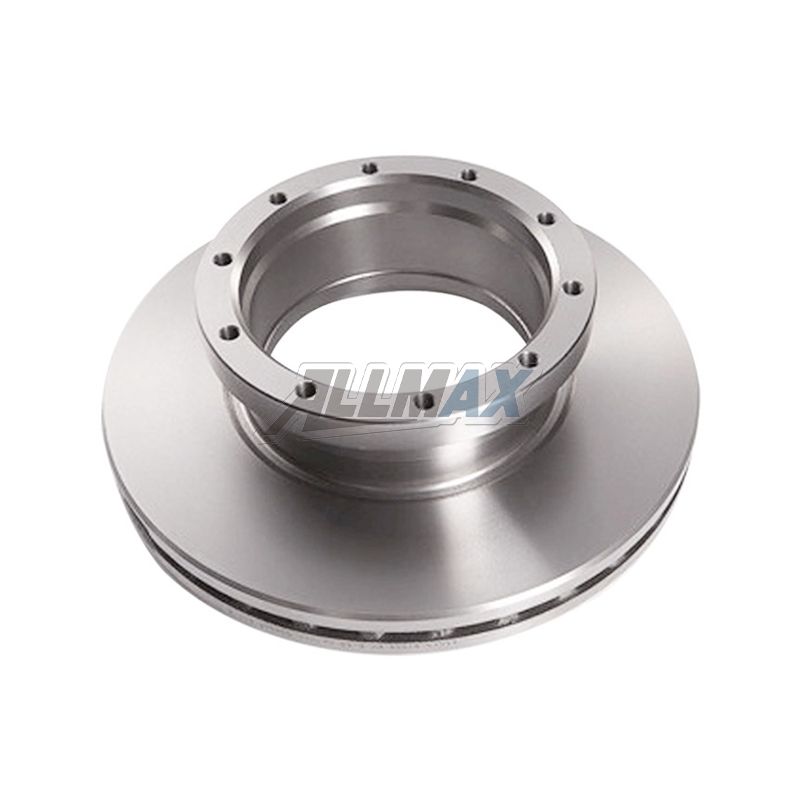Aug. 11, 2023
Automobiles & Motorcycles
When you apply the brakes, the brake calipers, which house the brake pads, clamp down on the spinning brake discs. This action creates friction between the brake pads and the discs, converting the vehicle's kinetic energy into heat. The resulting friction slows down the rotation of the wheels, bringing the vehicle to a controlled stop.

The fundamental principle behind brake discs' operation is the conversion of kinetic energy into heat through friction. As the brake pads press against the rotating BPW Brake Disc, the friction between the two surfaces generates heat. This heat dissipation is crucial for two main reasons:
Slowing Down the Vehicle: The heat generated by the friction between the brake pads and the brake discs causes a gradual reduction in the rotational speed of the wheels. This process allows the vehicle to decelerate or come to a complete stop.
Efficient Braking Performance: The conversion of kinetic energy into heat helps maintain the effectiveness of the braking system. Heat enhances the friction between the brake pads and the discs, ensuring reliable and consistent braking performance.
Given the substantial heat generated during braking, proper ventilation and heat dissipation are essential to prevent brake fade and maintain optimal braking efficiency. Many modern brake discs feature ventilation channels or vanes designed to facilitate the efficient release of heat.
These ventilation channels allow air to flow through the brake discs, effectively cooling them down and preventing overheating. This design not only prolongs the lifespan of the brake discs but also helps maintain their performance under demanding conditions, such as during prolonged or heavy braking.
There are several types of brake discs available, each designed to suit specific driving conditions and vehicle types. Some common types of brake discs include:
Solid Brake Discs: These are the simplest type of brake discs, consisting of a solid metal disc without any ventilation. They are commonly used in smaller vehicles with lighter braking requirements.
Vented Brake Discs: Vented brake discs feature ventilation channels or vanes between the two braking surfaces. These discs are ideal for vehicles that require improved heat dissipation, such as those used for towing or high-performance driving.
Slotted Brake Discs: Slotted brake discs have slots or grooves on the braking surface. These slots help prevent the buildup of brake dust and gases, allowing for consistent contact between the brake pads and the discs.
Drilled Brake Discs: Drilled brake discs have holes drilled into the braking surface. While these holes enhance heat dissipation, they can also reduce the disc's structural integrity and may be more prone to cracking under extreme conditions.
Brake discs are a vital component of your vehicle's braking system, working tirelessly to ensure your safety on the road. By converting kinetic energy into heat through friction, vehicle brake discs enable controlled deceleration and stopping. Proper ventilation and heat dissipation mechanisms play a crucial role in maintaining the efficiency and performance of brake discs.
Previous: Is An Electric Scooter Worth Buying?
If you are interested in sending in a Guest Blogger Submission,welcome to write for us!
All Comments ( 0 )